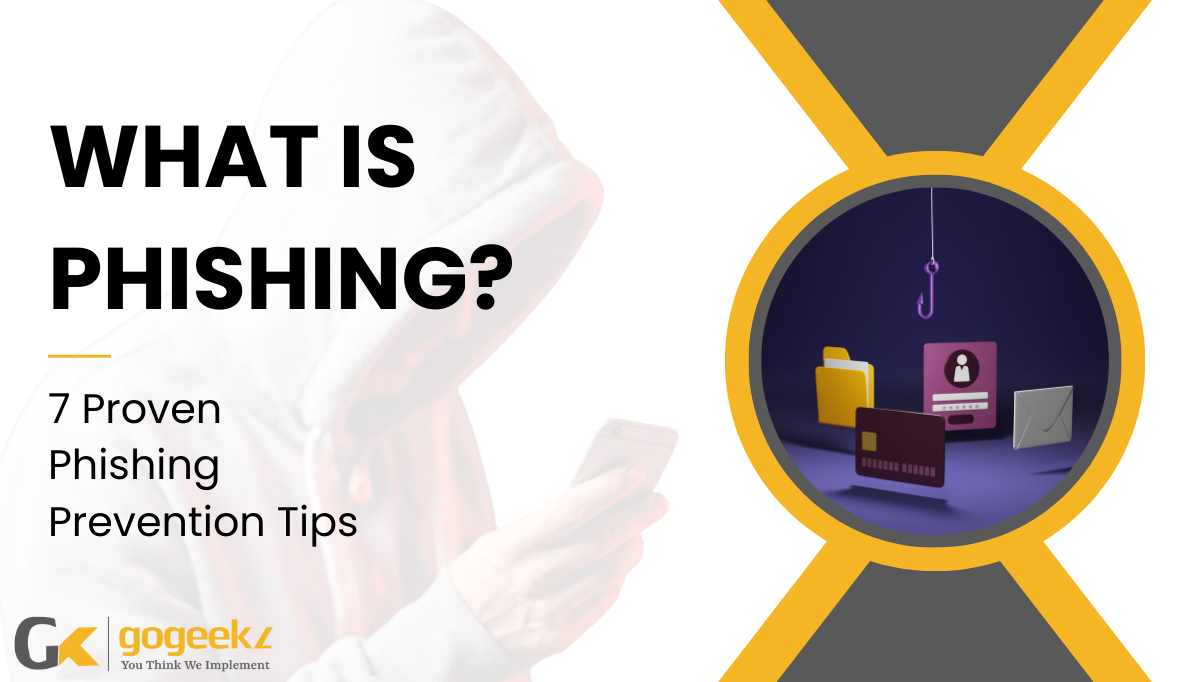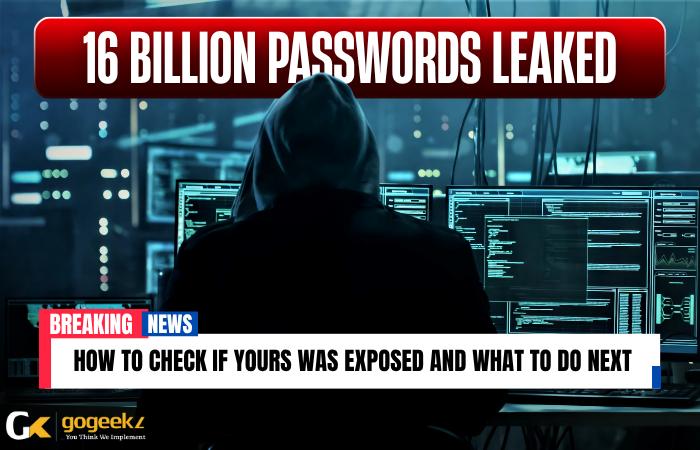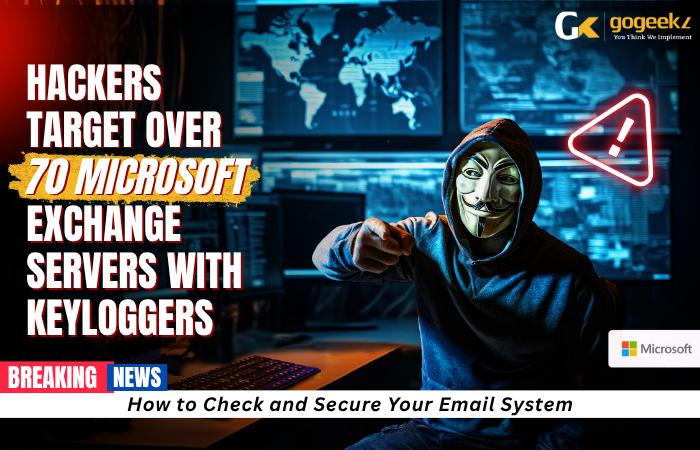What is Phishing – 7 Proven Phishing Prevention Tips
Hello, Canadian and United States business leaders and team managers! Today, we’re tackling a topic that’s become a bit of a digital thorn in our sides: phishing scams. These crafty cons can trick even the savviest individuals into giving away personal information, posing a significant risk to small and medium-sized businesses (SMBs) like yours. But don’t stress! We’ve got easy-to-follow advice and insights on how GoGeekz can support you in this ongoing battle.
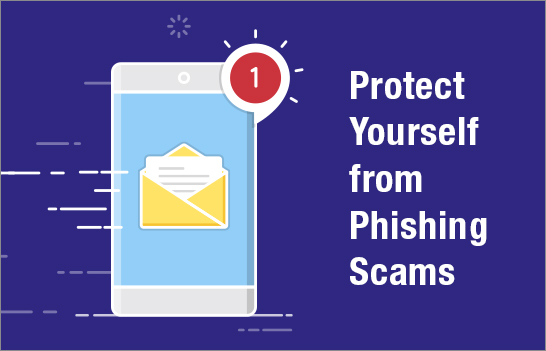
Whether it’s recognizing phishing email examples or understanding how to prevent phishing, we’ve got you covered. Stay ahead of threats like voice phishing and SMS phishing with our phishing awareness resources and learn to spot URL phishing attempts. Let’s fortify your defenses against any phishing campaign with practical tips and guidance. With GoGeekz by your side, phishing prevention becomes a proactive strategy rather than a reactive measure, ensuring the safety and security of your business operations.
Understanding Phishing: The Modern-Day Con
Phishing is essentially the digital era’s bait-and-switch, including phishing email examples that mimic trustworthy sources like banks. It can arrive in your inbox as a phishing email, pretending to be from your bank or another trusted entity, urging you to click a link or share private info. Beyond emails, scammers use SMS phishing, voice phishing, and URL phishing to cast a wider net. The result? You might unwittingly hand over passwords or open the door to malicious software.
It’s crucial to enhance phishing awareness and educate oneself on how to prevent phishing attacks. By recognizing example of phishing attempts and employing vigilant measures, individuals can safeguard their digital assets from falling prey to elaborate phishing campaigns.
The Many Faces of Phishing
Phishing scams are like the chameleons of the cyber world, constantly changing colors to fit the environment. They mostly arrive as emails (phishing email examples), but don’t be surprised to encounter them in texts (SMS phishing) or even voice calls (voice phishing). They’re crafted to look as if they come from legitimate sources—banks, popular online platforms, or even your office’s IT department—asking you to click on a link (url phishing) or share sensitive information. The goal?
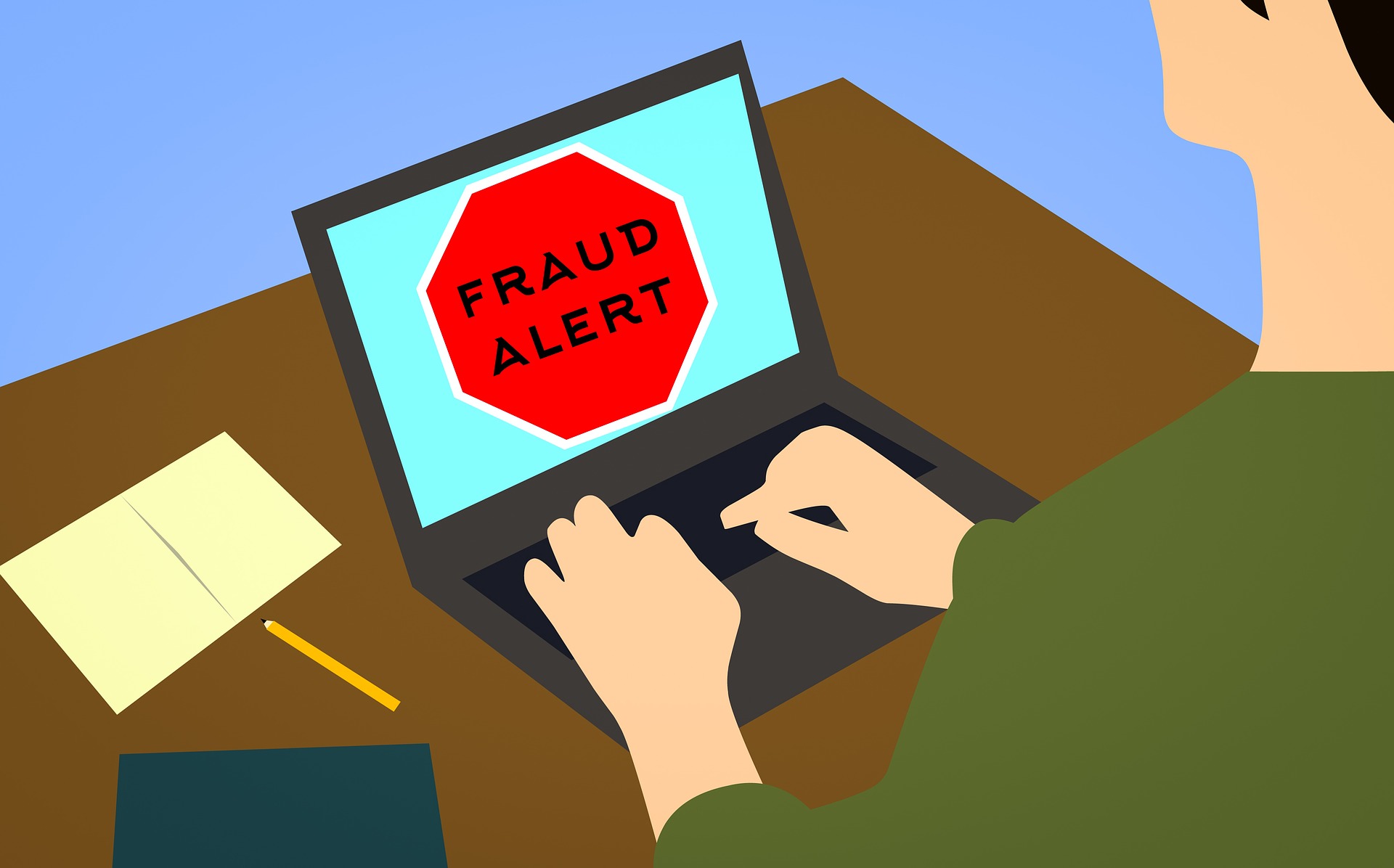
To steal your data or infect your device with malware. Educating oneself on how to prevent phishing ensures individuals can discern these fraudulent attempts and thwart potential breaches. Implementing robust phishing prevention measures not only safeguards personal information but also mitigates the risk of falling victim to elaborate phishing campaigns.
Recognizing the Hooks: Common Phishing Scams
![]() The Fake Invoice: You receive an email claiming to be from a service you use, asking for payment on an invoice you don’t recognize.
The Fake Invoice: You receive an email claiming to be from a service you use, asking for payment on an invoice you don’t recognize.
![]() The CEO Fraud: An email, supposedly from a top executive in your company, urgently requests you to wire money or share sensitive information. This classic phishing campaign preys on trust and urgency, exploiting unsuspecting employees.
The CEO Fraud: An email, supposedly from a top executive in your company, urgently requests you to wire money or share sensitive information. This classic phishing campaign preys on trust and urgency, exploiting unsuspecting employees.
![]() The ‘Account Problem’ Alert: This email insists there’s a problem with your account and you must click a link to fix it, leading you straight to a phishing site. Vigilance and phishing awareness are crucial in discerning such fraudulent attempts to safeguard personal information.
The ‘Account Problem’ Alert: This email insists there’s a problem with your account and you must click a link to fix it, leading you straight to a phishing site. Vigilance and phishing awareness are crucial in discerning such fraudulent attempts to safeguard personal information.
![]() The Tax Scam: Around tax season, emails pretending to be from tax agencies lure you with refunds or threaten penalties to get your personal info. Enhancing phishing prevention measures during tax season is imperative to thwart such attempts and protect sensitive data from falling into the wrong hands.
The Tax Scam: Around tax season, emails pretending to be from tax agencies lure you with refunds or threaten penalties to get your personal info. Enhancing phishing prevention measures during tax season is imperative to thwart such attempts and protect sensitive data from falling into the wrong hands.
Unmasking the Masquerade: How to Spot Phishing Attempts

![]() Check the Sender’s Email Address: Even if the name looks familiar, a strange email address is a red flag. Real companies use domain emails, not generic ones. This simple step is fundamental in effective phishing prevention, as it helps users identify phishing email examples and avoid falling victim to fraudulent schemes.
Check the Sender’s Email Address: Even if the name looks familiar, a strange email address is a red flag. Real companies use domain emails, not generic ones. This simple step is fundamental in effective phishing prevention, as it helps users identify phishing email examples and avoid falling victim to fraudulent schemes.
![]() Look for Spelling and Grammar Mistakes: Legitimate emails are usually polished. Typos and grammar errors? A telltale sign of phishing. Enhancing phishing awareness empowers individuals to discern these subtle discrepancies and prevent potential breaches.
Look for Spelling and Grammar Mistakes: Legitimate emails are usually polished. Typos and grammar errors? A telltale sign of phishing. Enhancing phishing awareness empowers individuals to discern these subtle discrepancies and prevent potential breaches.
![]() Beware of Unusual Urgency or Requests: Phishing attempts often create a sense of urgency or make unusual requests. If it feels off, it probably is. Developing a healthy skepticism towards such tactics is essential in combating phishing campaigns effectively.
Beware of Unusual Urgency or Requests: Phishing attempts often create a sense of urgency or make unusual requests. If it feels off, it probably is. Developing a healthy skepticism towards such tactics is essential in combating phishing campaigns effectively.
![]() Don’t Click on Unsolicited Links: Hover over links to see where they really lead. If you’re unsure, go directly to the website by typing it into your browser instead of clicking on the link. This simple yet effective practice mitigates the risk of falling prey to URL phishing.
Don’t Click on Unsolicited Links: Hover over links to see where they really lead. If you’re unsure, go directly to the website by typing it into your browser instead of clicking on the link. This simple yet effective practice mitigates the risk of falling prey to URL phishing.
![]() Verify Requests for Sensitive Info: If an email asks for personal or financial information, verify it by contacting the company directly through official channels. Implementing phishing prevention protocols like verifying requests ensures the safety of sensitive data.
Verify Requests for Sensitive Info: If an email asks for personal or financial information, verify it by contacting the company directly through official channels. Implementing phishing prevention protocols like verifying requests ensures the safety of sensitive data.
![]() Use Multi-Factor Authentication: Adding an extra layer of security can keep your accounts safe even if scammers get your password. Deploying phishing prevention measures like multi-factor authentication fortifies account security against potential breaches.
Use Multi-Factor Authentication: Adding an extra layer of security can keep your accounts safe even if scammers get your password. Deploying phishing prevention measures like multi-factor authentication fortifies account security against potential breaches.
The Impact on Canada & United States SMBs
For SMBs, the fallout from a phishing attack can be dire: financial loss, compromised customer data, and a damaged reputation. In a world where trust is currency, ensuring the safety of your and your customers’ information is paramount. However, the good news is that phishing prevention strategies can mitigate these risks effectively. By implementing robust phishing awareness programs and educating employees on how to prevent phishing, businesses can significantly reduce their susceptibility to phishing campaigns.
Check out our other blog: Email Security Best Practices
7 Simple Tips for a Phishing-Free Business

![]() Boost Team Awareness: Regular chats about phishing awareness can turn your team into the first line of defense. Share phishing email examples and tips on spotting scams to build a culture of digital vigilance. Elevating phishing awareness within your organization fosters a proactive approach to cybersecurity, mitigating potential risks effectively.
Boost Team Awareness: Regular chats about phishing awareness can turn your team into the first line of defense. Share phishing email examples and tips on spotting scams to build a culture of digital vigilance. Elevating phishing awareness within your organization fosters a proactive approach to cybersecurity, mitigating potential risks effectively.
![]() Fortify Your Email: Strengthen your defenses against phishing emails with robust email filtering tools. Many platforms offer basic protections, but exploring additional security options is a wise move. Implementing advanced email filtering systems bolsters phishing prevention efforts, minimizing the likelihood of successful attacks.
Fortify Your Email: Strengthen your defenses against phishing emails with robust email filtering tools. Many platforms offer basic protections, but exploring additional security options is a wise move. Implementing advanced email filtering systems bolsters phishing prevention efforts, minimizing the likelihood of successful attacks.
![]() Embrace Multi-Factor Authentication (MFA): MFA acts as an extra security checkpoint, significantly reducing the risk posed by compromised passwords.
Embrace Multi-Factor Authentication (MFA): MFA acts as an extra security checkpoint, significantly reducing the risk posed by compromised passwords.
![]() Update Regularly: Cybercriminals exploit vulnerabilities in outdated software. Keeping your tech updated seals these gaps, safeguarding your data. Regular updates and patches are essential components of phishing prevention strategies, ensuring that systems remain resilient against evolving threats.
Update Regularly: Cybercriminals exploit vulnerabilities in outdated software. Keeping your tech updated seals these gaps, safeguarding your data. Regular updates and patches are essential components of phishing prevention strategies, ensuring that systems remain resilient against evolving threats.
![]() Secure Your Network: A secure internet connection and the use of a virtual private network (VPN) add layers of encryption and security, crucial for protecting against various phishing tactics, including URL phishing.
Secure Your Network: A secure internet connection and the use of a virtual private network (VPN) add layers of encryption and security, crucial for protecting against various phishing tactics, including URL phishing.
![]() Back Up Your Data: Regular backups ensure that, in the worst-case scenario, your essential data is retrievable, minimizing potential disruption and loss. Incorporating data backup protocols into your phishing prevention strategy safeguards critical information, providing a safety net against data loss due to cyberattacks.
Back Up Your Data: Regular backups ensure that, in the worst-case scenario, your essential data is retrievable, minimizing potential disruption and loss. Incorporating data backup protocols into your phishing prevention strategy safeguards critical information, providing a safety net against data loss due to cyberattacks.
![]() Encourage Reporting: Make it easy for your team to report suspicious messages or calls. Quick reporting can nip potential threats in the bud, preventing them from escalating into full-blown crises. Fostering a culture of open communication and proactive reporting empowers employees to play an active role in phishing prevention, mitigating risks effectively.
Encourage Reporting: Make it easy for your team to report suspicious messages or calls. Quick reporting can nip potential threats in the bud, preventing them from escalating into full-blown crises. Fostering a culture of open communication and proactive reporting empowers employees to play an active role in phishing prevention, mitigating risks effectively.
Read More: Security Issues in Cloud Computing
GoGeekz: Your Digital Defender
Navigating the challenges of phishing—be it email scams, SMS phishing, or URL phishing—can seem daunting. That’s where GoGeekz steps in, offering tailored support to keep your business secure:
![]() Tech Support: Our team is ready to assist with any suspicious communications you receive, providing peace of mind and expert guidance in phishing prevention.
Tech Support: Our team is ready to assist with any suspicious communications you receive, providing peace of mind and expert guidance in phishing prevention.
![]() Training Workshops: We host workshops focused on phishing awareness, offering practical advice and examples of phishing to help you recognize and react to potential threats. Our interactive sessions empower your team with the knowledge and skills necessary to combat evolving phishing campaigns effectively.
Training Workshops: We host workshops focused on phishing awareness, offering practical advice and examples of phishing to help you recognize and react to potential threats. Our interactive sessions empower your team with the knowledge and skills necessary to combat evolving phishing campaigns effectively.
![]() Advanced Security Solutions: Access to top-tier email filtering tools and MFA solutions means your business is better equipped to fend off attacks. By integrating phishing prevention technologies into your infrastructure, we fortify your defenses against malicious actors and unauthorized access attempts.
Advanced Security Solutions: Access to top-tier email filtering tools and MFA solutions means your business is better equipped to fend off attacks. By integrating phishing prevention technologies into your infrastructure, we fortify your defenses against malicious actors and unauthorized access attempts.
![]() Round-the-Clock Monitoring: With continuous monitoring, we keep an eye on your systems, ensuring swift action can be taken against any detected threats. Our vigilant surveillance enhances phishing prevention efforts, enabling proactive response to emerging threats and minimizing potential damages to your business operations.
Round-the-Clock Monitoring: With continuous monitoring, we keep an eye on your systems, ensuring swift action can be taken against any detected threats. Our vigilant surveillance enhances phishing prevention efforts, enabling proactive response to emerging threats and minimizing potential damages to your business operations.
Read More: Types Of IT Services In Toronto
Conclusion
Phishing scams might seem intimidating, especially when you’re focused on growing your business and keeping your customers satisfied. However, armed with the right knowledge and tools, you can create a secure environment for your SMB. Being proactive, staying updated on the latest scam tactics, and fostering a culture of cybersecurity awareness are key in phishing prevention.
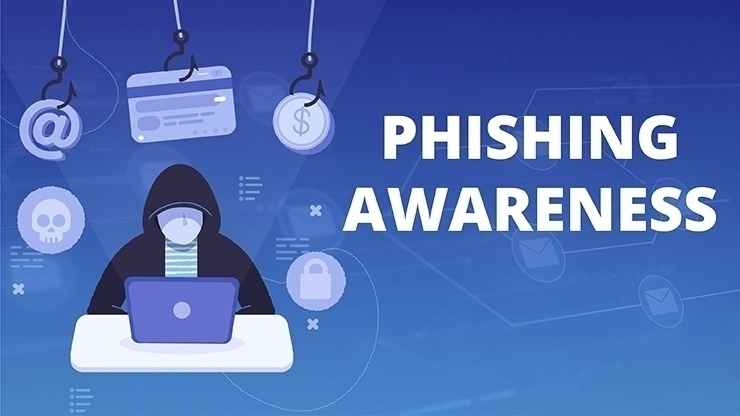
Remember, GoGeekz is more than just a service provider; we’re your partner in securing a thriving digital future. Together, we’ll ward off phishing threats and ensure your business not only survives but flourishes in today’s digital landscape.
With our collective efforts and commitment to phishing prevention, we can overcome the challenges posed by cyber threats and pave the way for a more secure business environment. Stay safe and vigilant, and here’s to building a phishing-free future for Canada and United States SMBs!
FAQs
Industry Experiences
Innovative services for your business
We’re dedicated to making your businesses reliable, efficient, and safe.
We’re a one-stop solution for everything IT you need. Whatever you need, we got you covered:
Absolutely. A common phishing email example might appear as a message from your bank, stating there’s been suspicious activity on your account and urging you to click a link to verify your information. This email will likely mimic the bank’s official branding and language closely. To safeguard your business from such threats, GoGeekz offers comprehensive email security solutions designed to detect and block phishing attempts, ensuring your sensitive information remains protected.
Explore GoGeekz’s email security solutions to protect against phishing emails.
Voice phishing, or vishing, occurs when scammers use phone calls to extract personal or financial information by pretending to be a legitimate institution, such as your bank or the IRS. They might create a sense of urgency or fear to coax information from you.
Recognizing these attempts involves questioning the legitimacy of unsolicited calls and verifying the caller’s identity through official channels. GoGeekz provides training and tools to enhance your team’s ability to spot and respond to vishing attacks effectively.
Learn more about GoGeekz’s training programs on recognizing and preventing vishing.
To prevent SMS phishing, be wary of text messages that prompt you to click on a link, especially if the message conveys urgency or requests personal information. Always verify the sender’s identity through independent means and never provide sensitive information through text. GoGeekz offers solutions that include SMS filtering and mobile security to keep your business safe from smishing attacks.
Check out GoGeekz’s mobile security solutions to defend against SMS phishing.
Increasing phishing awareness involves regular, comprehensive training that includes recognizing different types of phishing attempts, such as email phishing, SMS phishing (smishing), and URL phishing. Employees should learn to scrutinize messages and emails for tell-tale signs of phishing and understand the importance of reporting suspicious activities.
GoGeekz specializes in customizable cybersecurity awareness programs tailored to your business needs, helping your team stay ahead of cyber threats.
Discover GoGeekz’s phishing awareness programs for your business.
A phishing campaign involves a series of targeted attempts to deceive individuals into disclosing personal information, using methods like fraudulent emails or fake websites. Protecting against such campaigns requires a multi-layered security approach, including advanced threat detection, employee training, and secure email practices.
GoGeekz’s cybersecurity solutions are designed to offer comprehensive protection against phishing campaigns, keeping your business’s and your customers’ data secure.

